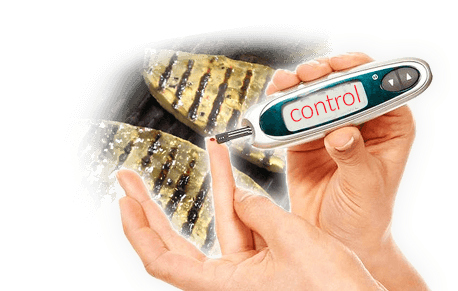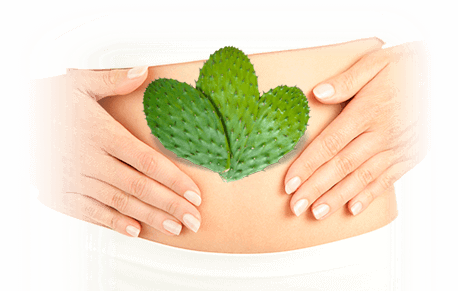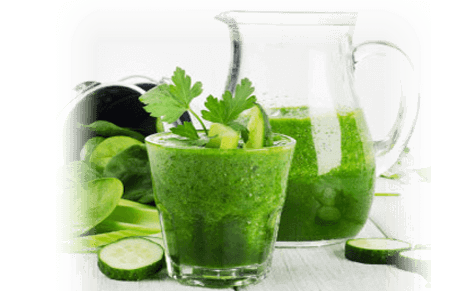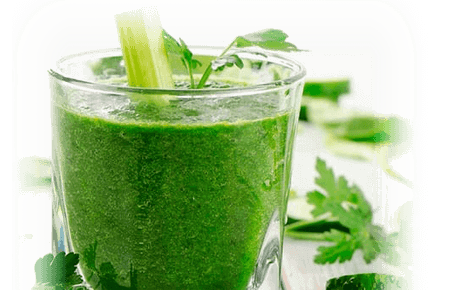KNOW ITS BENEFITS
Nopal Cactus / Prickly pear
The medicinal properties of the prickly pear have been proven by several studies, mainly carried out in Mexico where they have been using it for thousands of years. They are called "medicinal properties" because they help control the diseases more easily.
The health benefits of the regular consumption of the prickly pear (nopal) leaf: it improves our well-being, as proven by studies carried out in Mexico, at the Hospital La Raza of the Mexican Institute of Social Security:
NOTE: Any of these juices must be consumed at least twice a day (you can drink them 3 or 4 times a day) for 20 to 30 consecutive days.
BIBLIOGRAPHY
- Budinsky A, Wolfram R, et al, Regular Ingestion of Opuntia Robusta Lowers Oxidation Injury, Prostaglandins Leukot Essent Fatty Acids. 2001; 65 (1): 45-50. - Usefulness of Prickly Pear for Glucose Control in type 2 Diabetes Mellitus, Deni Basurto Santos, Marte Lorenzana-Jiménez, Gil Alfonso Magos Guerrero. (http://www.ejournal.unam.mx/rfm/no49-4/RFM49408.pdf).




